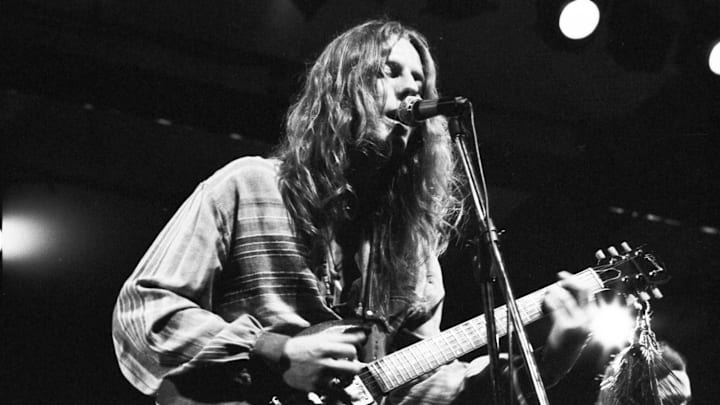The Beatles were all born in the 1940s. That includes original members Stu Sutcliffe and Pete Best. So were the original members of the Beach Boys and the Velvet Underground. The core members of Sly and the Family Stone were born in the 1940s. And the original members of the Supremes. Tom Jones, Vicente Fernandez, George Clinton, Otis Redding. Marley, Morrison, Mercury…. The list goes on and on. And on.
There is a chicken-and-egg argument that debates why this is the case. Was it merely a numbers game, with the post-war baby boom flooding the market with so many new children that some of them were bound to become ground-breaking musicians? Was it the convergence of mass communication, technology, and cultural forces that timed out just right?
When these ‘40s babies were just entering adulthood, all those impulses were in play. Did they steer these creative young people in a particular direction?
Female icons born in the 1940s helped change music as we know it
Or was it the artists themselves? Was there something about growing up at the time they did that propelled them to radically alter the cultural landscape?
I don’t care. Actually, I do – but just not right now. You can make arguments for or against whatever explanation you choose. I just want it said that the 1940s probably saw more game-changing musical artists enter the world than any decade in the 20th century.
In part 2 of our series on female vocalists whose unique voices changed the course of modern music, we will focus on five such artists. And before we start, consider this.
Aretha Franklin, Dionne Warwick, Cass Elliot, Tammy Wynette, Joni Mitchell, Diana Ross, Debbie Harry, Dolly Parton, Stevie Nicks, Linda Ronstadt, Darlene Love, and Ronnie Spector.
That’s a dozen vitally important singers all born in the 1940s who could have been on this list. None are. That’s how deep this roster runs. Some of the artists I want to profile are not as well known as the names above. But I find their voices very different, and so their influence on the way popular singing developed may have been larger than their record sales. A couple of them had huge record sales to boot. As is the case with the first name on our list…
BARBRA STREISAND
Streisand was born in 1942, and by the time she released her first studio album twenty years later, she had swallowed Broadway whole. There was nothing from the golden age of show tunes that she could not sing. Her vocal chops were impeccable. The power, the nuance, the emotion – it was all there.
And there was also the casual New York inflection that made her just another girl riding the subway. Check out her effortless take on Cloe Porter’s frenetic “Come to the Supermarket (in Old Peking)” from her debut album to hear it all wrapped up in one 2-minute blitzkrieg.
By the end of the decade, she began broadening her scope to include more modern pop. On What About Today, she begins showing how her old-school theatricality could be blended into modern music. It doesn’t always work – her take on Simon & Garfunkel’s “Punky’s Dilemma” may stretch the song beyond its limits, but that is exactly what revolutionaries do to show what might be possible.
A few years later, by the time she got to Laura Nyro’s “Stoney End,” she had figured it all out. Though never considered a rocker, Streisand’s introduction of theatrical scope with intimate readings has been cited by singers from Diana Ross to Adele as crucial inspiration.
Must listens:: “NEW YORK STATE OF MIND” and “JUBILATION”
